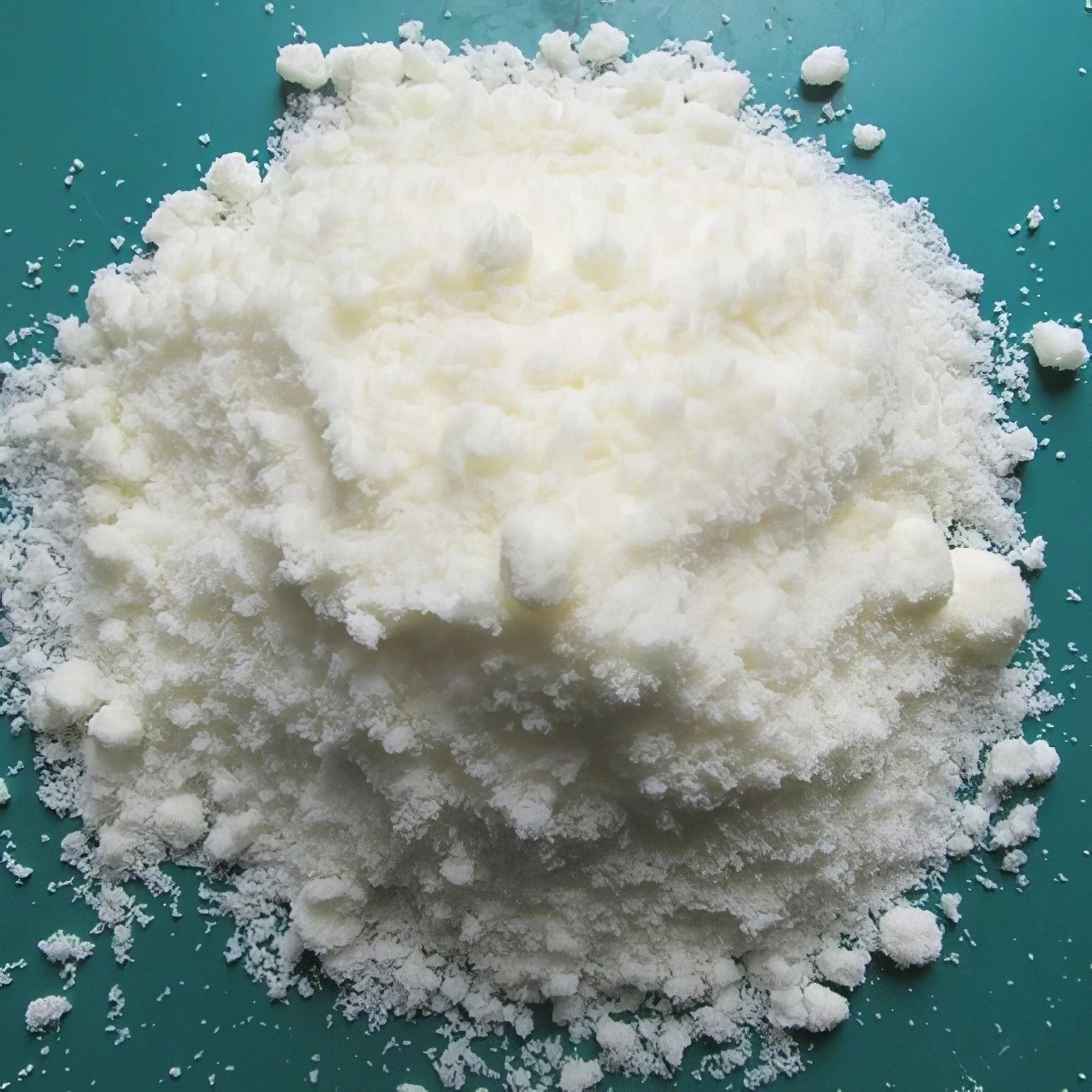



sodium chlorite 28 solution
Understanding Sodium Chlorite 28% Solution Applications and Safety Considerations
Sodium chlorite (NaClO2) is a chemical compound that finds a wide array of applications in various industries. The 28% sodium chlorite solution is particularly significant due to its potency and efficacy as a biocide, disinfectant, and bleaching agent. In this article, we will explore the properties, uses, and safety considerations of sodium chlorite 28% solution.
Chemical Properties and Preparation
Sodium chlorite is a white, crystalline powder that is highly soluble in water. When dissolved, it forms a clear, colorless solution. The 28% sodium chlorite solution is typically produced through the reaction of sodium chloride with chlorine dioxide gas in an alkaline environment. This concentrated solution offers higher efficiency for various industrial applications due to its elevated concentration.
Applications in Water Treatment
One of the primary uses of sodium chlorite 28% solution is in water treatment. The compound acts as a powerful disinfectant that effectively eliminates bacteria, viruses, and other pathogens from water supplies. This makes it an essential component in municipal water treatment facilities and in processes for treating swimming pools and cooling towers. Its ability to reduce biofilm formation and improve water quality has made sodium chlorite a popular choice in maintaining safe water standards.
Industrial and Laboratory Uses
Beyond water treatment, sodium chlorite is widely employed in the pulp and paper industry as a bleaching agent. Its oxidative properties make it suitable for whitening paper products without the harmful effects associated with more conventional bleaching agents like chlorine. Additionally, in laboratories, sodium chlorite is utilized for organic synthesis and as a reagent for various chemical reactions due to its stability and effective oxidation capabilities.
sodium chlorite 28 solution

Medical and Pharmaceutical Applications
Sodium chlorite also has applications in the medical and pharmaceutical sectors. It has been investigated for its potential to disinfect medical instruments and surfaces in hospitals, thereby reducing the risk of hospital-acquired infections. However, it is essential to note that sodium chlorite should be used in controlled amounts as a disinfectant, as excessive concentrations can lead to toxicity.
Safety Considerations
While sodium chlorite has numerous beneficial uses, it also poses safety risks that cannot be overlooked. The 28% solution is classified as a hazardous material, and appropriate handling precautions should be taken. It can be corrosive and may cause damage to skin, eyes, and respiratory tract upon contact or inhalation. Therefore, personal protective equipment (PPE) such as gloves, goggles, and masks should be worn when working with this solution.
Moreover, sodium chlorite should be stored safely in a cool, dry place away from incompatible substances like acids and organic materials. Mixing sodium chlorite with acids can produce harmful chlorine dioxide gas, which is hazardous to human health. Therefore, it’s crucial for anyone working with sodium chlorite to familiarize themselves with its safety data sheet (SDS) and adhere to recommended guidelines for use.
Conclusion
In conclusion, sodium chlorite 28% solution is a highly versatile chemical with significant applications in water treatment, industrial processes, and medical disinfection. While its benefits are substantial, safety should always be a top priority when handling this potent compound. By understanding both its capabilities and risks, users can take advantage of sodium chlorite’s properties while ensuring a safe working environment.
-
Why Sodium Persulfate Is Everywhere NowNewsJul.07,2025
-
Why Polyacrylamide Is in High DemandNewsJul.07,2025
-
Understanding Paint Chemicals and Their ApplicationsNewsJul.07,2025
-
Smart Use Of Mining ChemicalsNewsJul.07,2025
-
Practical Uses of Potassium MonopersulfateNewsJul.07,2025
-
Agrochemicals In Real FarmingNewsJul.07,2025
-
Sodium Chlorite Hot UsesNewsJul.01,2025










